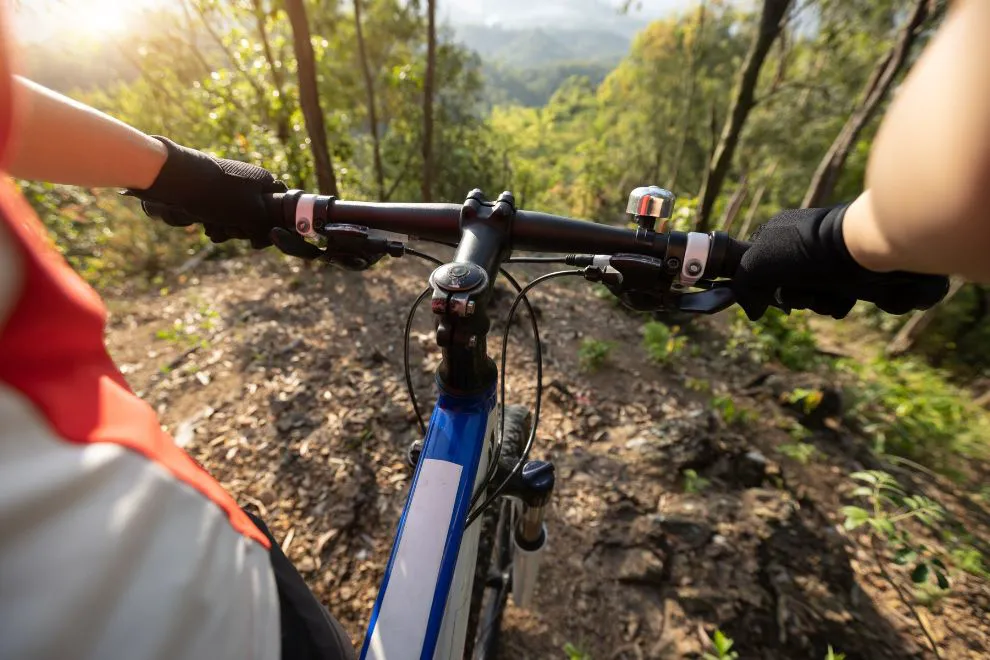Cover your basics
The first thing is to make sure your bike is safe to ride. We covered the essentials in the previous article. Check it out if you’re worried something might give out when you start pushing the pedals. Next, make sure to wear a helmet and reflective clothing. This should make you substantially safer, especially if you’re going to be riding in lower visibility.
Let people know
When you decide to go out for a ride on your own for the first time in a season, make sure to tell a friend or family member. Especially if it’s a trail or a longer ride in general, it could make a difference when something goes wrong. If you own a Garmin or record your rides for Strava, then these devices and platforms also allow you to send a tracking link to your loved ones so they know where you are.
Choose cycling paths
Traffic poses a major risk to cyclists. It might be worth choosing a route that avoids car-filled roads. Bike-specific roads and trails will allow you to focus more on cycling itself.

Brake safely
If you need to slow down and steer, the rear brake is what you should use. If you need to stop, the front brake is more effective because it’s more powerful. But keep in mind that you have to avoid locking up! A powerful front brake can send you flying over the handlebars. Try to go for a 70/30 or 60/40 ratio of front to rear brake.
Revise best practices for riding in traffic
The most important thing for riding in traffic is road awareness – you need to pay more attention to everything happening around you than usual. The second thing is to make your intentions clear. Always check behind, then signal giving plenty of notice before making any changes in direction and speed. And, of course, always keep your hands on the brakes and watch out for car doors of parked cars!
Bring water and snacks
Getting a bit hungry or thirsty is probably not a big deal. But if you misjudge the length of your route or get lost and spend an extra hour or two in the saddle, it could make a huge difference to be well fuelled. Bringing a bottle of water and a few cycling snacks is almost always a good idea.
Protect yourself from the elements
The elements might not cause an acute injury but they can still make your ride quite miserable. Make sure to protect yourself from the sun with sunscreen and sunglasses. It can be really easy to get a sunburn, especially in late spring or early summer when your skin is not yet used to sunshine. Also, pack an extra layer for warmth and a waterproof jacket when going for a longer trip. They will be lifesavers when the weather turns on you unexpectedly.
Refresh your group riding skills
Group rides can be a really fun part of cycling but they can also be dangerous if you don’t know how to ride safely with others. Here is a refresher. When your group is tight to make the best use of wind protection, it’s crucial not to make any sudden movements. No braking, no freewheeling, no speeding up. When you’re the front rider, you also have to remember that it’s on you to use hand signals to warn the others about potholes and other obstacles.
With your bike well-maintained and safety rules revised, there’s nothing holding you back from setting out on the first ride of the season! The next article will be all about the rides to follow.








